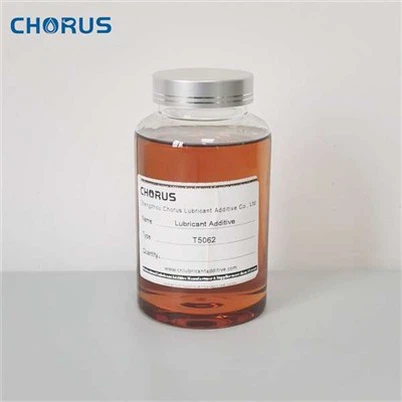What are PAO and Synthetic Lubricants? and the differences?
Leave a message
Synthetic lubricants mean full synthetic lubricants, which are blended with PAO as base oil and performance-enhance additives.
PAO(Poly Alpha Olefin or Poly α Olefin), which belongs to API Group 4 base oils.
The synthetic lubricant based on PAO has excellent lubrication protection, and the engine has excellent performance in power, fuel economy, durability, and high-temperature resistance. In addition to its scientific formula, it also benefits from the outstanding performance characteristics of PAO.
PAO(Poly Alpha Olefin or Poly α Olefin), which belongs to API Group 4 base oils.
The full synthetic lubricant based on PAO has excellent lubrication protection, and the engine has excellent performance in power, fuel economy, durability, and high-temperature resistance. In addition to its scientific formula, it also benefits from the outstanding performance characteristics of PAO.
1. Low pour point and good low-temperature performance
PAO does not contain paraffin, so it can maintain good fluidity at low temperatures. PAO has excellent cold starting performance, the engine can start quickly and the engine oil can reach various lubrication points in an instant.
2. Excellent high-temperature stability
PAO has excellent high-temperature oxidation resistance, has minimal decomposition, and does not undergo chemical changes during high-temperature and high-speed of the engine. It has excellent shear stability, which means that the possibility of forming oil sludges and varnishes is very small, and the stability normally reaches times that of traditional mineral oil.
3. High viscosity index
PAO has a high viscosity index, generally above 140, while API Group 1 mineral base oils are generally between 85-90, and Group 2 mineral oil base oils are generally around 100. Group 3 mineral base oils are generally around 120. When the working temperature is above 100 ℃, PAO still maintains a high viscosity index, so the oil film on the metal friction surface will not be damaged, reducing the overall mechanical loss of the engine. At low temperatures, it will not become more viscous, reducing wear when the engine cold starts.
4. Good oxidation stability
PAO molecules are uniformly sized and neatly arranged, with strong resistance to external damage and outstanding oxidation stability. Full synthetic lubricants based on PAO have a longer drain interval.
PAO has the best low-temperature and high-temperature performance, which can extend the drain interval, thereby reducing the frequency of engine maintenance.






